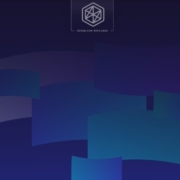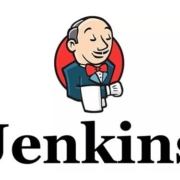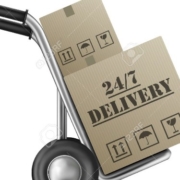Oracle Transactional Business Intelligence (OTBI) is built on the power of Oracle’s industry-leading business intelligence tool Oracle Business Intelligence Enterprise Edition (OBIEE). This allows users to build powerful data visualization with real-time data that highlights data patterns and encourages data exploration instead of delivering static flat reports. OTBI provides users a wide variety of data visualization options from standard graphs to advanced visuals such as trellis, treemaps, performance tiles, KPIs, and others.
Introducing a CI/CD Solution for OTBI
FlexDeploy has an innovative CI/CD solution for managing the build and deployment of OTBI WebCatalog objects across the pipeline. Using FlexDeploy’s partial deployment model, developers can assemble related catalog objects into packages, build them from source control or a development environment, and deploy them into the target environments.







 Have you been on after-hours production support on a Friday night following a massive software feature release? Sweaty palms and nervous jitters with crossed fingers are all the sensations you feel when multiple features are being released, while missing being on a beach or being at a party with friends and family.
Have you been on after-hours production support on a Friday night following a massive software feature release? Sweaty palms and nervous jitters with crossed fingers are all the sensations you feel when multiple features are being released, while missing being on a beach or being at a party with friends and family.


